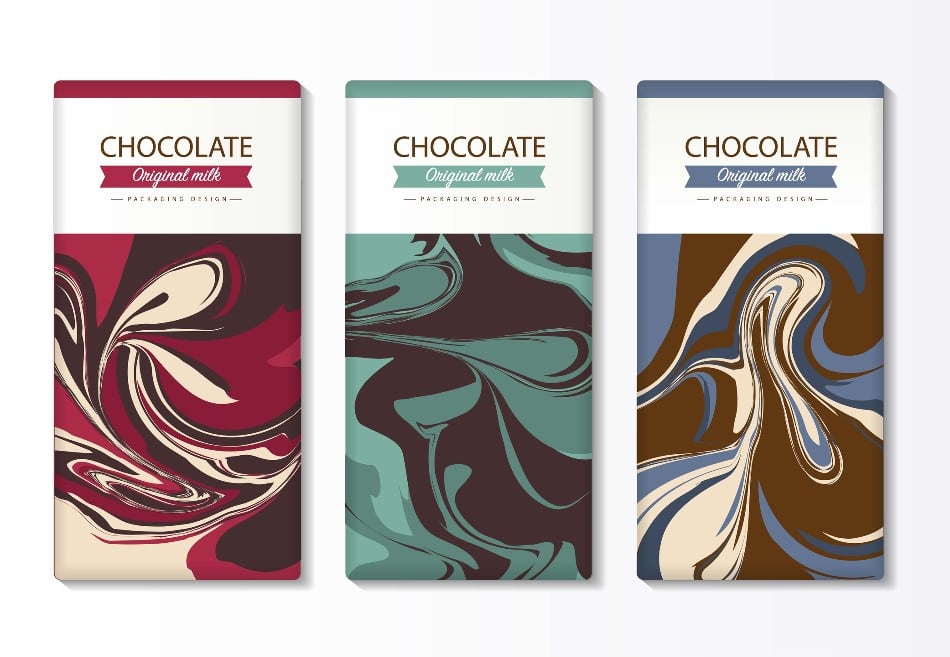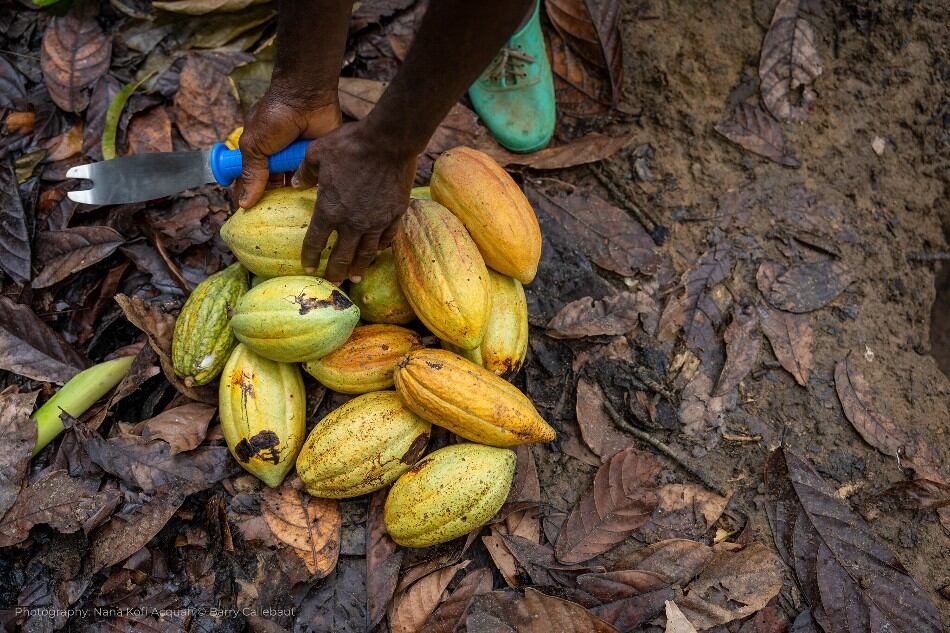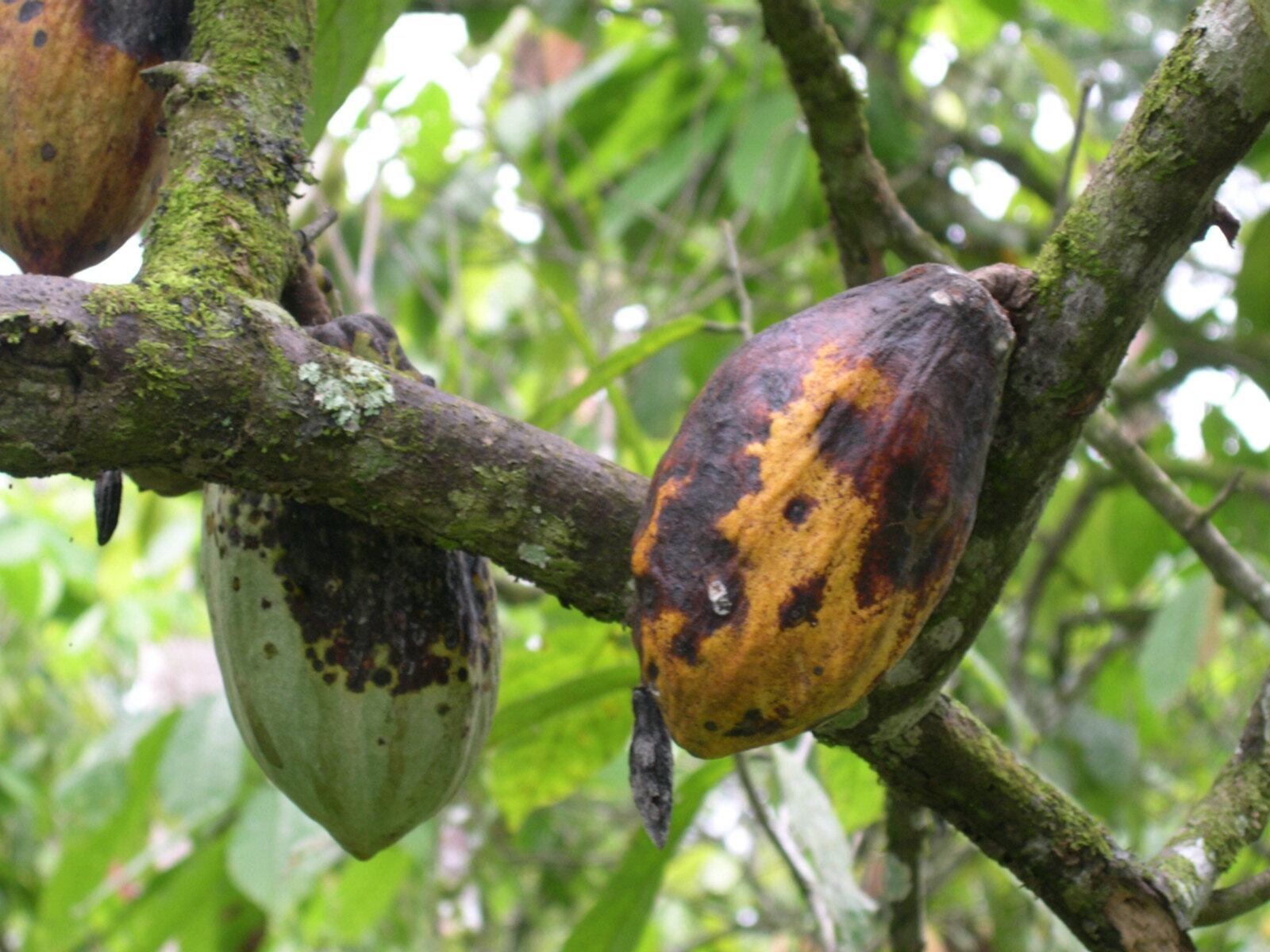In the ICCO’s July Market Report, it said on a cumulative basis, grindings data for the first three quarters of 2022-23 for ECA (European Cocoa Association) indicate that cocoa processing in Europe amounted to 1,078,235 tonnes, down by 2.3% year-on-year.
The NCA (National Confectioners Association) reported a year-on-year decline of 8% in cocoa processing in the US, amounting to 319,289 tonnes against 347,207 tonnes recorded during Q4.2021 – Q2.2022, catching the market by surprise due to the extent of the shortfall.
For the same period in Southeast Asia, the CAA data showed that cocoa processing activities in the region dropped year-on-year - declining by 1% from 673,517 tonnes to 666,811 tonnes.
“By aggregating these cumulative data, grindings stood at 2,064,335 tonnes over the first three quarters of the 2022/23 cocoa year, representing a 2.8% reduction (minus 59,794 tonnes) compared with 2,124,129 tonnes recorded at the corresponding period of the 2021/22 cocoa year. It should be noted that based on historical information, grindings reported by the regional cocoa associations in Europe, North America, and Southeast Asia represented nearly 56% of global grindings,” the ICCO said in its report.
To ascertain whether the reduction in grindings in Europe, North America and South-East Asia was the result of a reduction in demand for cocoa or the decisions of the major processors to increase grindings in their Ivorian subsidiaries, the ICCO said it compared trade flow data over Q4.2021 – Q1.2022 and Q4.2022 – Q1.2023.
The European Union and the NAFTA (North American Free Trade Agreement) countries were the top two regional destinations for Cote d’Ivoire and Ghana’s cocoa semi-finished products, while the share of Southeast Asia remained flat at 3%.
“Though the picture might be partial as the trade data covers only the first six months of these cocoa years, it emerges that increasing volumes of semi-finished products are being exported from Cote d’Ivoire and Ghana to NAFTA countries,” the ICCO said.
However, the inverse is observed for Europe where exports of semi-finished products witnessed a relatively lower reduction. When trade statistics for Q2.2023 are available, the situation could be re-assessed to figure out whether there is an ongoing squeeze in the demand for cocoa in Europe or if the reduction in European domestic cocoa processing is being compensated for by an increase in the region’s imports of cocoa semi-finished products from top origin countries.
Cocoa prices
Over the month under review, the ICCO said prices of the front-month contract averaged $3,425 per tonne and ranged between $3,221 and $3,628 per tonne in London while in New York, they averaged $3,391 per tonne and oscillated between $3,230 and $3,559 per tonne.
Compared to the average prices recorded a year ago ($2,061 per tonne in London and $2,315 per tonne in New York), the average prices seen in July 2023 represented significant increases of 66% and 46% respectively.
Private label
Meanwhile, Reuters also reported that lower-priced private label chocolate continues to pick up market share, particularly in US, where private label sales volumes grew nearly 9% in the year to mid-June despite near double-digit price rises.
Last month, Hershey, said it is hoping that as it eases off the rate of price hikes, its sales volumes will reverse their current downtrend and is planning to lean on automation to keep its costs of production down.
But analysts predict cost pressures could continue into next year due to the El Nino weather event in West Africa and the lack of alternate producers who can ramp up output quickly. Top cocoa producers Cote d’Ivoire and Ghana have faced drought, excess rains and disease for the past two years. They produce two-thirds of the world's cocoa and they are struggling to help farmers cope with climate conditions.



